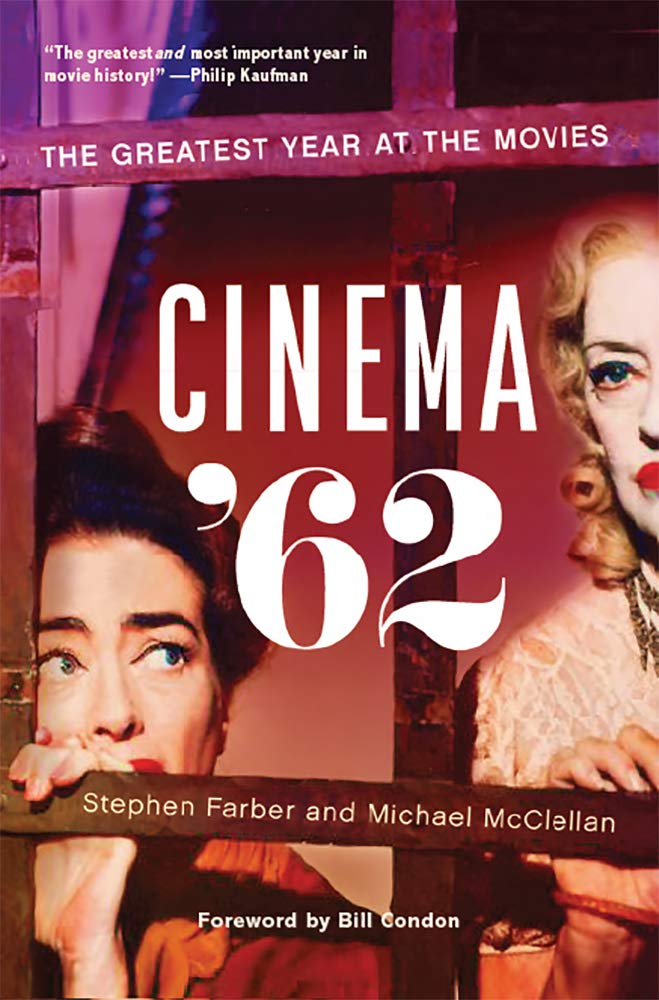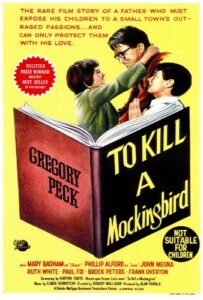‘Cinema ’62’ Makes Case for Greatest Year in Film History
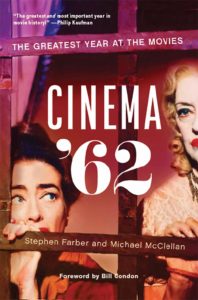
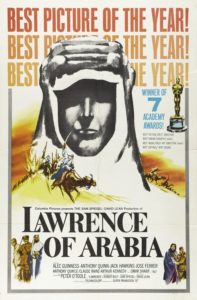

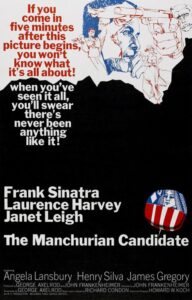
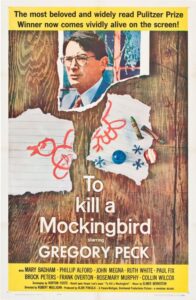
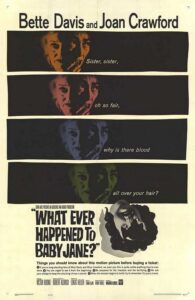
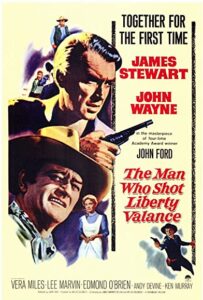
THERE’S NEVER A BAD TIME to be reminded of and introduced to great cinematic works and their authors and filmmakers, but (this) is turning out to be a particularly necessary time for cultural enrichment and artistic nourishment.
So the timing couldn’t be better for Stephen Farber and Michael McClellan’s new tome, “Cinema ’62,” an examination and celebration of 1962, which they boldly proclaim was “The Greatest Year at the Movies.”
For those cineastes who might challenge that proclamation, and substitute, say, 1939, 1999 or my particular favorite, 1969, for that vaunted honor, the book thankfully opens with an astute and succinct preface by Oscar-winning writer- director Bill Condon.
“I’ve found that a cineaste’s ‘greatest year’ more often than not lines up with the early years of his or her adolescence,” observes Condon, expressing a theory I’d always assumed was mine alone. So with the question of subjectivity and skepticism about the book’s central thesis right out front, it’s doubly impressive that Farber and McClellan have both the deep film history chops and passion for global cinema to argue their case so convincingly. Farber’s been writing valuable film criticism and historical pieces for decades and McClellan is a veteran specialty film exhibition pro. The book’s breadth and pure joy in discussing early ’60s filmmaking is a result of their lengthy, engaged time in the movie trenches.So what about the movies on display? It’s not a bad gambit to put up David Lean’s “Lawrence of Arabia” as the embodiment of screen greatness, at least not if you agree (as I do) that it’s at or near the top of greatest films to ever win the best picture Oscar.
Since Gregory Peck’s lead actor Oscar win for “To Kill a Mockingbird” over “Lawrence’s” Peter O’Toole is one of those “Damn, same year?” rather than a “How could they?” victories, there’s more evidence that there was something special in the water in 1962. Farber and McClellan wisely stack the deck with timeless Hollywood studio releases such as Stanley Kubrick’s “Lolita,” John Frankenheimer’s “Manchurian Candidate” and John Ford’s “The Man Who Shot Liberty Valance,” but they make sure to include important international filmmakers such as Britain’s Peter Ustinov, whose extraordinary “Billy Budd” graced screens alongside fellow Brit Tony Richardson’s gritty “The Loneliness of the Long Distance Runner” and Ingmar Bergman’s “Through a Glass Darkly” (released in the U.S. in 1962).


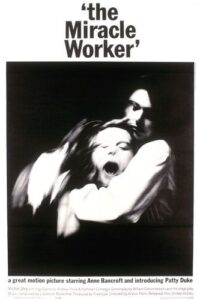
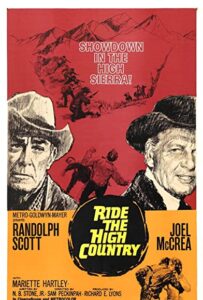
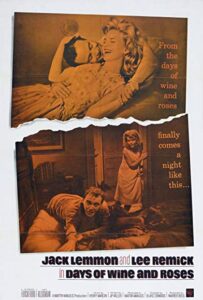
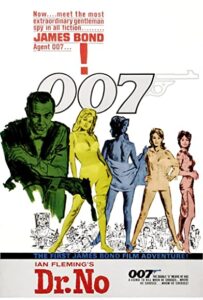

To its credit, “Cinema ’62” is a lot more than a scholarly polemic for the state of mid-20th century filmmaking or a nostalgia-infused excursion into the good ol’ days, delivering a deep and informed journey through the forces of commerce and seismic cultural shifts such as the youth explosion, all conspiring to become something later known as the Swinging ’60s.
The frantic, fevered prose of the Beat Generation, combined with unprecedented creative ambition and freedom in European cinema, was starting to impact the emerging American filmmakers at that time. The authors show how the later landmark films made by American auteurs such as Sam Peckinpah had their roots in majestic, assured early works such as his classic, 1962 Western “Ride the High Country.”
And they have compassion and respect for both the successes and failures of the established studio giants, the big names such as Mankiewicz, Wilder and Wyler, who were seeing their world upended by the end of the studio system and the excitement generated by overseas auteurs such as Fellini, Bergman and Kurosawa. These towering talents were working alongside a new generation of directors and about to supercharge American cinema to compete with their international counterparts.

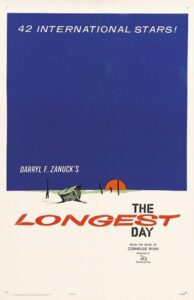
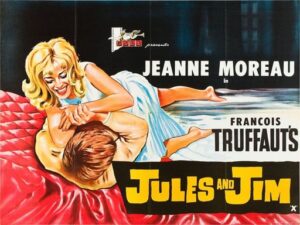
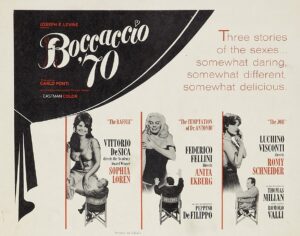
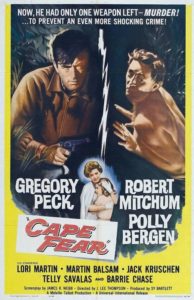

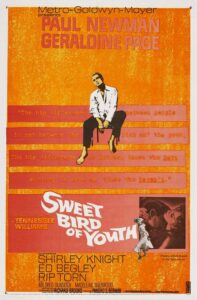
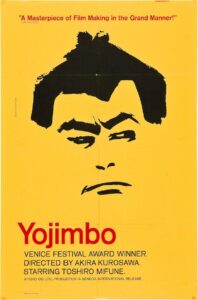
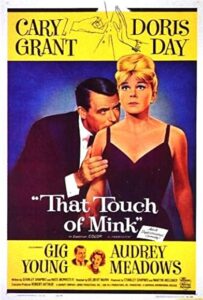
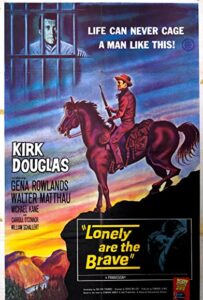
In appreciation of the vital vet talents and on-the-cusp newcomers, Farber and McClellan write: “Of course the main reason these projects came to fruition is that writers, directors, and producers were passionate about the stories. The star directors of 1962 were witty, well-educated, adventurous artists like Billy Wilder, William Wyler, John Huston, Joseph L. Mankiewicz, Sidney Lumet, John Frankenheimer, Arthur Penn, Richard Brooks, Stanley Kramer, and David Lean. They were drawn to high-quality literary and theatrical material, and indeed, many of the movies of 1962 came from great writers including Ernest Hemingway, F. Scott Fitzgerald, Vladimir Nabokov and Herman Melville, as well as playwrights Eugene O’Neill, Tennessee Williams and Arthur Miller. Nowadays filmmakers rarely turn to literature or theater for inspiration; most acclaimed novels and plays are never turned into movies. It’s hardly a surprise that the literacy of contemporary films has declined.”
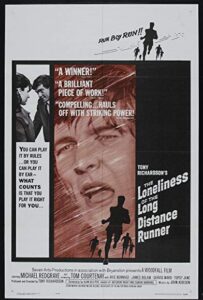
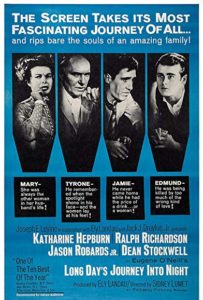
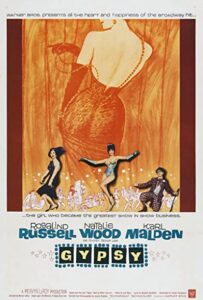
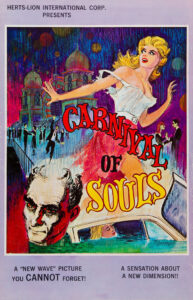
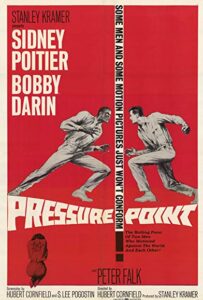


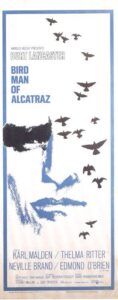
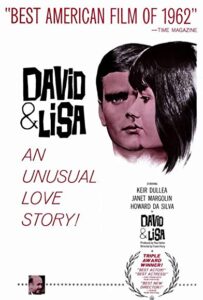
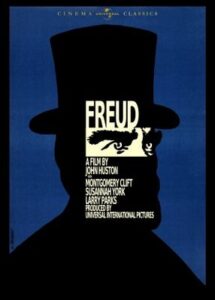
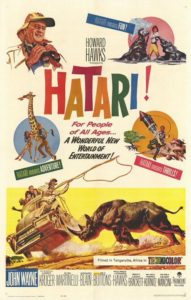
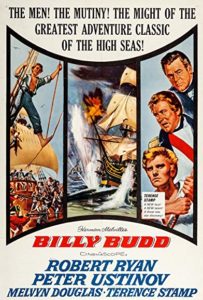
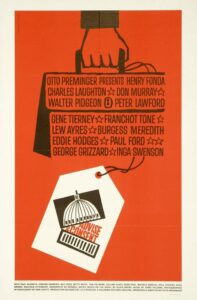
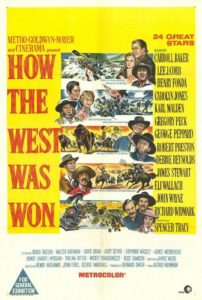

With fresh interviews from participants in many of the key projects and with the authors’ vast, personal knowledge of the films and the context in which they were made, “Cinema ’62” is as sharp and lively as that modernist-slanted title implies. Best of all, its approach never feels as if it’s looking back. One feels that the authors just watched all the movies last week and they’re just dying to tell you about some life-changing piece of art that you’ve just got to see.
GET A COPY of CINEMA ’62 – Special 30% Discount and Free Shipping (within the USA) from Rutgers University Press; simply place the book in the shopping cart and enter the special discount promo code (RCINEMA62)
Makes a great gift. Click on the tab below
